Where was James Bond filmed in Morocco?
Why Morocco Became a Favorite Location for James Bond Movies
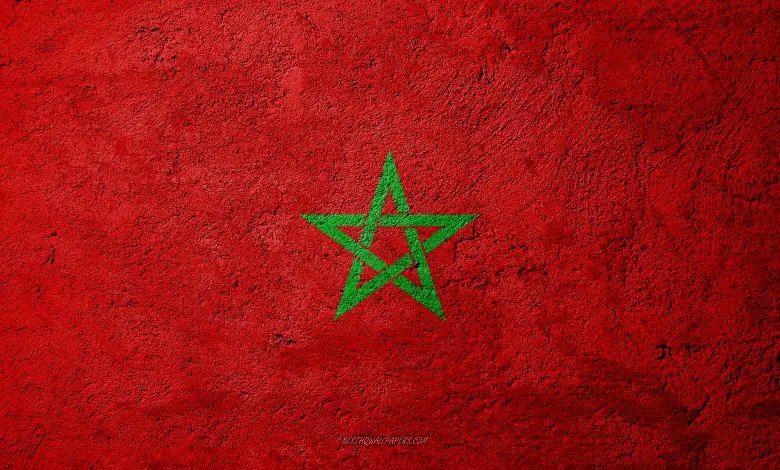
The captivating landscapes, rich cultural heritage, and vibrant atmosphere of Morocco have made it a favorite location for filmmakers from around the world. Among the many film productions drawn to this enchanting country, the James Bond franchise stands out as one that has frequently chosen Morocco as a backdrop. In this article, we will explore why Morocco has become such a beloved destination for James Bond movies, highlighting its stunning scenery, historic architecture, cultural vibrancy, and accessibility. From the majestic Atlas Mountains to the bustling markets of Marrakech, Morocco provides the perfect setting for the thrilling adventures of the iconic secret agent.
The Allure of Morocco for James Bond Films
Since its inception in 1962 with “Dr. No,” the James Bond series has been known for its glamorous and exotic locations. Morocco, with its distinctive blend of ancient traditions and modern influences, provides the ideal backdrop for the adventures of the iconic secret agent. Here’s why Morocco has emerged as a favorite location:
1. Captivating Landscapes
Morocco boasts a diverse range of landscapes that lend themselves perfectly to the cinematic world of James Bond. From the majestic Atlas Mountains to the vast Sahara Desert, the country offers a stunning array of natural beauty. Filmmakers have taken advantage of Morocco’s picturesque landscapes, utilizing them to create visually captivating scenes. Whether it’s thrilling chase sequences through narrow medina alleyways or intense confrontations amidst desert dunes, Morocco provides a visually striking backdrop for the high-octane action that James Bond movies are known for.
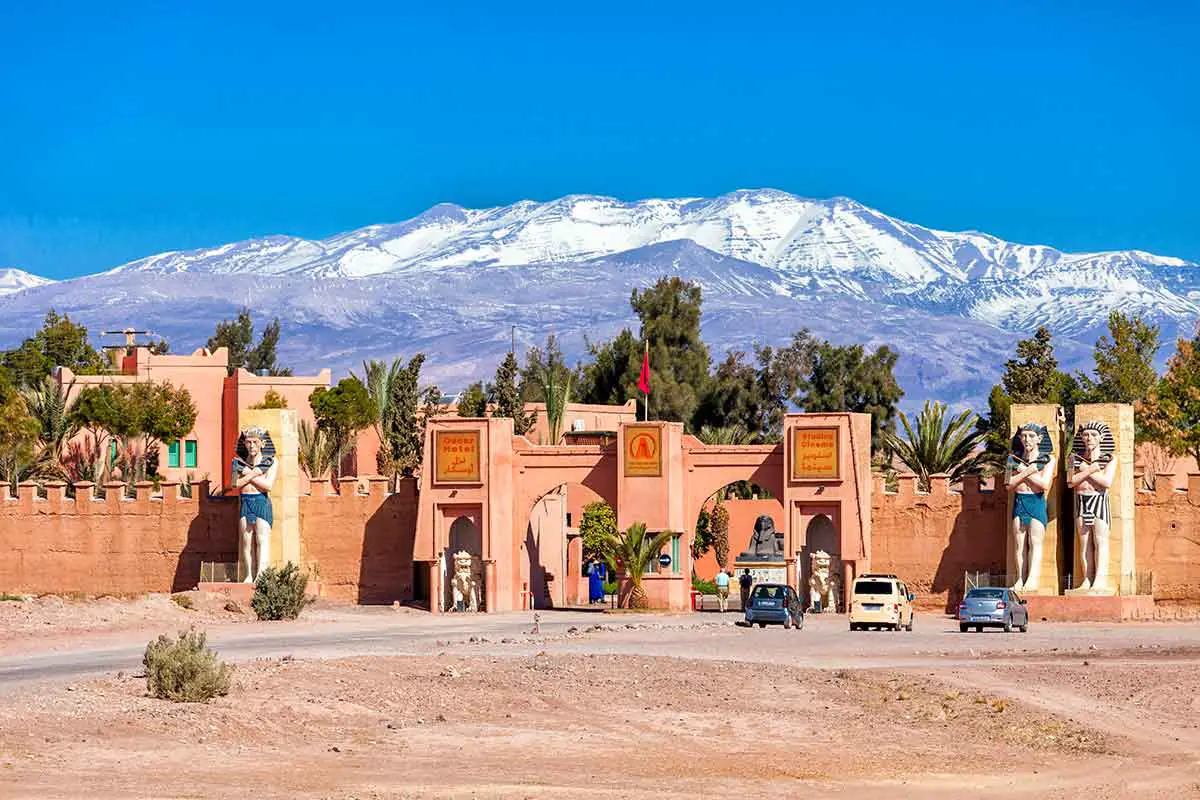
2. Historic Architecture
Morocco’s rich history and architectural marvels have also played a significant role in attracting the James Bond franchise. Cities like Marrakech and Casablanca are renowned for their intricate palaces, vibrant markets, and ancient fortresses. These architectural gems offer an air of mystique and grandeur, serving as perfect settings for the high-stakes intrigues that define James Bond movies. Whether it’s a secret meeting in a sumptuous riad or a dramatic escape through the bustling souks, Morocco’s historic architecture adds a layer of authenticity and intrigue to the Bond universe.
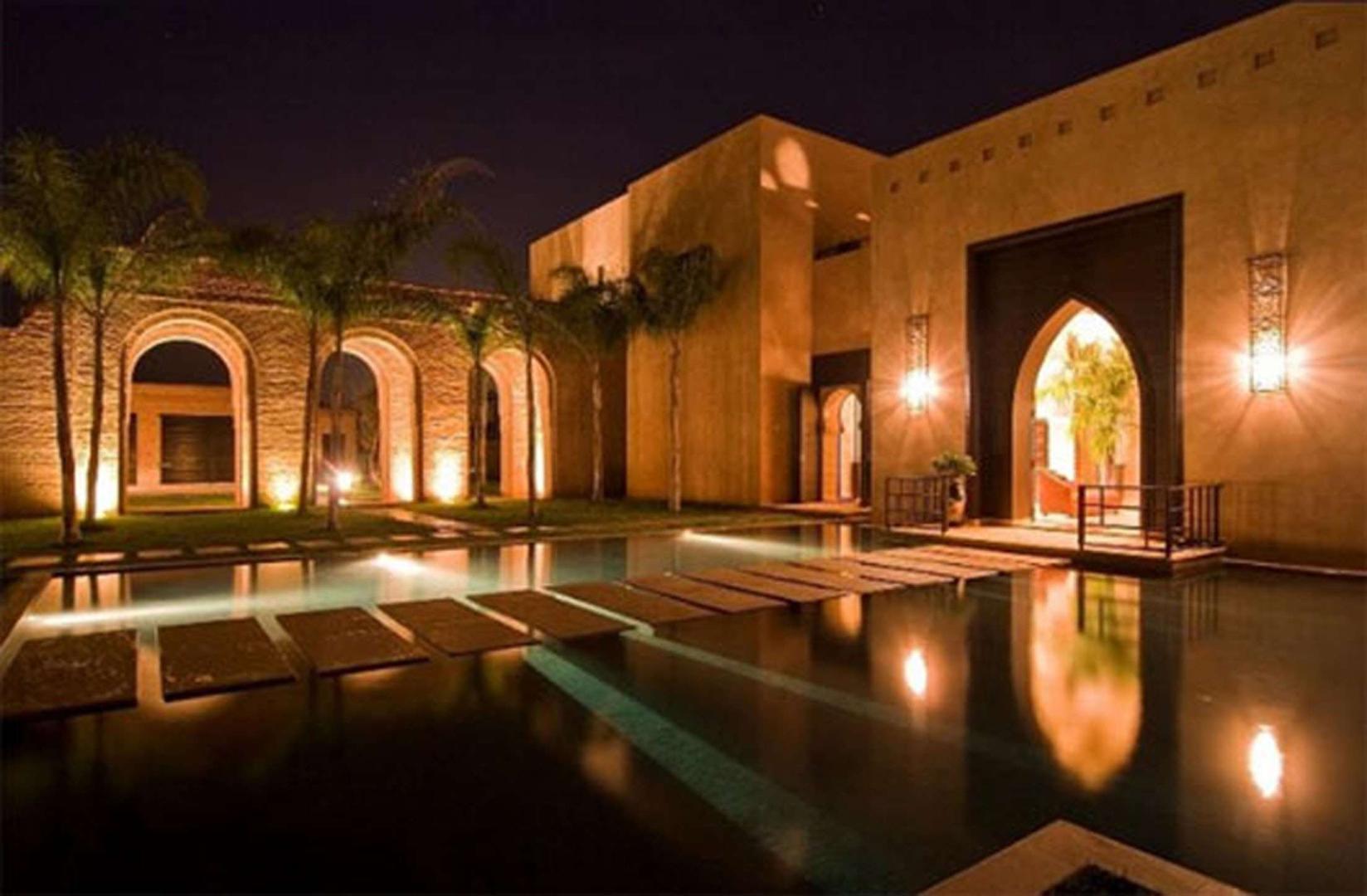
3. Cultural Vibrancy
Morocco’s vibrant and diverse culture has left an indelible mark on its cinematic landscape. The country’s unique blend of Berber, Arab, and French influences creates a fascinating tapestry of traditions, music, and cuisine. Filmmakers have embraced Morocco’s cultural vibrancy, incorporating elements such as traditional music, vibrant festivals, and local customs into the James Bond movies. This cultural immersion not only adds authenticity to the films but also allows audiences to experience the rich tapestry of Moroccan heritage.

4. Accessibility and Infrastructure
Morocco’s accessibility and well-developed infrastructure have been major factors in its popularity as a filming location. The country is well-connected through international airports and has a reliable transportation system, making it easy for film crews to navigate and transport equipment. Additionally, Morocco has a robust film industry, offering experienced local crews, production services, and well-equipped studios. The combination of accessibility, infrastructure, and a supportive local film industry makes Morocco an attractive choice for filmmakers, including the James Bond production team.
Iconic James Bond Scenes in Morocco
Over the years, Morocco has hosted numerous iconic James Bond scenes that have become etched in cinematic history. Let’s take a look at some of the notable moments filmed in Morocco:
“The Living Daylights” (1987): The Atlas Mountains provided a breathtaking backdrop for an exhilarating chase scene featuring Bond (Timothy Dalton) evading his pursuers in a Land Rover.The Moroccan city of Ouarzazate served as the movie’s inspiration for Afghanistan in The Living Daylights (1987), while the Ouarzazate Airfield served as the inspiration for the Russian airport. Director John Glen also used a C130 cargo plane as a prop in the movie that the Moroccan Air Force had lent to the Bond crew to help carry their filming equipment.
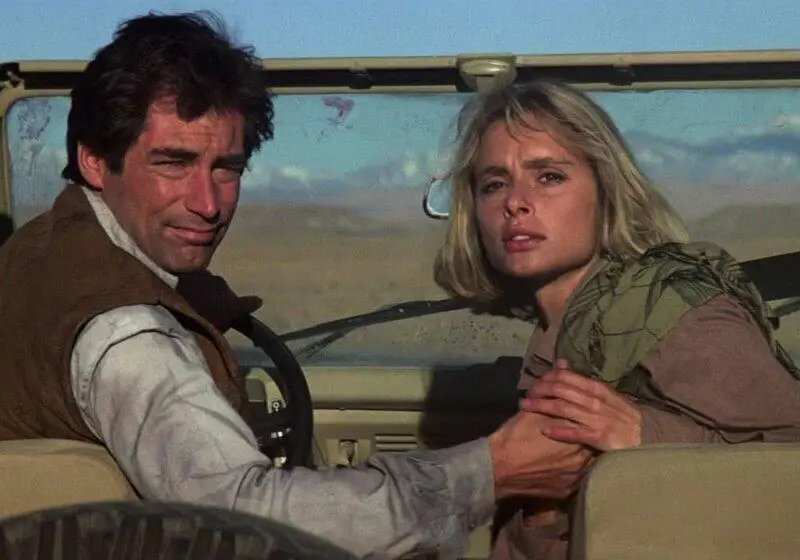
The actual Forbes Museum in Tangier’s rue Shakespeare served as the residence of cunning arms dealer Brad Whitaker. The Forbes Museum, established by the late publisher Malcolm Forbes, has a sizable collection of toy soldiers (115,000 lead troops), many of which were organized in display cases depicting significant historical battles. This aided in providing a crucial story element for Bond’s meeting with Whitaker in Timothy Dalton’s first 007 film. The Moroccan government now owns the mansion, and it is used to host foreign dignitaries who come to the country.
“Spectre” (2015): It’s interesting to note that Henri Matisse, a French artist who spent seven months in Morocco between 1912 and 1913, painted this exact location and it became famous for that reason. A nearby pharmacy was converted into a cafe with a “vintage” look, and there were many electrical cables visible in some of the small alleyways, indicating that SPECTRE unit support staff had carefully decorated other buildings in the area before the main filming began. Additionally, shooting occurred close by, in a market for weavers.The SPECTRE cast and crew stayed in a number of local hotels, including Craig at a 4-star establishment. Waltz slept at the renowned El Minzah Hotel, an interesting coincidence because Ian Fleming had stayed there while doing research for his nonfiction book The Diamond Smugglers (1957). Fleming, who had previously been to Tangier during the War, arrived in Tangier by plane in April 1957 and checked into the hotel’s room 52. The hotel is a charming old Arab-style building with a tiled forecourt and arched windows. After the stifling heat of the day, guests can relax in the hotel’s cool hanging gardens.
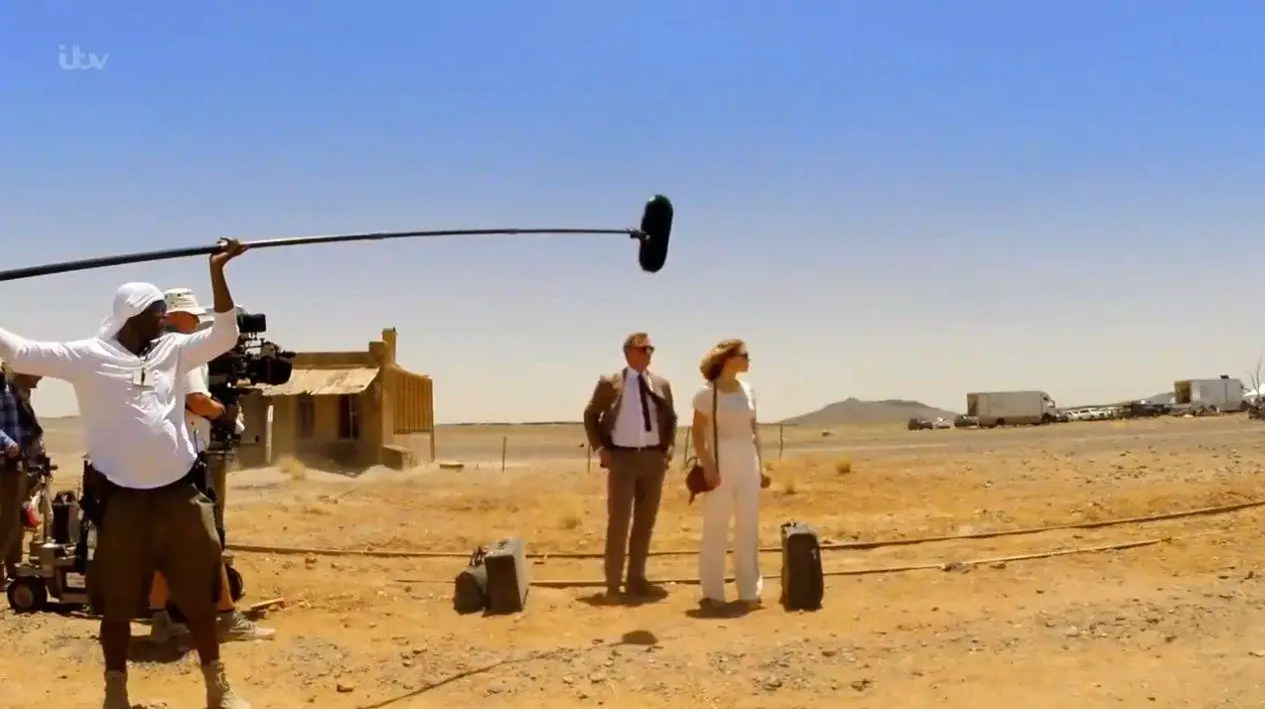
A sizable compound in the desert was used for the Erfoud sequences, which serves as another crucial plot point and is connected to the Waltz villain. We’ll stop talking now. The interiors that were already recorded at Pinewood Studios in England will be matched with all of this footage.
In addition to extra sequences in the desert areas close to the south-eastern city of Erfoud, the Moroccan location shooting for SPECTRE included some filming for a train sequence in and around the desert-encircled city of Oujda in the country’s east. SPECTRE continued a long-standing Bond tradition by including a nighttime express train as part of the plotline during the Oujda filming, which included Craig and Lea Seydoux. In this occasion, the plot involved the recognizable red-colored carriages of the Oriental Desert Express train.
Morocco Daniel Craig Blouson Fawn Suede Leather Jacket
FAQ: Frequently Asked Questions
1. What makes Morocco an attractive location for James Bond movies?
Morocco’s allure as a James Bond movie location stems from its unique blend of captivating landscapes, historic architecture, cultural vibrancy, and accessibility. The country’s diverse range of landscapes, including the majestic Atlas Mountains and the vast Sahara Desert, provide visually stunning backdrops for thrilling action sequences. Its historic architecture, showcased in cities like Marrakech and Casablanca, adds an air of authenticity and grandeur to the films. Morocco’s vibrant culture, influenced by Berber, Arab, and French traditions, enriches the Bond universe with its music, festivals, and customs. Additionally, the country’s accessibility, well-developed infrastructure, and supportive local film industry make it a convenient choice for filmmakers.
2. How does Morocco’s natural beauty contribute to the appeal of James Bond movies?
Morocco’s natural beauty plays a pivotal role in attracting filmmakers to use it as a backdrop for James Bond movies. The country’s diverse landscapes, such as the picturesque Atlas Mountains and the captivating Sahara Desert, provide a visually stunning canvas for intense action sequences and breathtaking chase scenes. The rugged mountain ranges offer dramatic settings, while the expansive desert provides a sense of vastness and intrigue. Morocco’s natural beauty adds depth and realism to the films, immersing audiences in the thrilling world of James Bond.
3. What historical elements of Morocco are featured in James Bond movies?
James Bond movies often incorporate Morocco’s rich history through its iconic architecture and historic sites. Cities like Marrakech and Casablanca showcase intricate palaces, ancient fortresses, and vibrant markets that contribute to the films’ authenticity. These historical elements serve as backdrops for key moments in the Bond universe, such as secret meetings in sumptuous riads or dramatic escapes through bustling souks. By featuring Morocco’s historical sites, James Bond movies provide audiences with a glimpse into the country’s fascinating heritage and create an immersive cinematic experience.
4. How does Morocco’s cultural vibrancy influence James Bond movies?
Morocco’s cultural vibrancy adds a unique dimension to James Bond movies. The country’s blend of Berber, Arab, and French influences infuses the films with an authentic sense of place. Filmmakers often incorporate traditional music, vibrant festivals, and local customs into the Bond universe, creating a rich tapestry of cultural references. These elements not only add depth to the storylines but also allow audiences to experience the richness and diversity of Moroccan culture. Morocco’s cultural vibrancy brings an extra layer of authenticity and intrigue to the James Bond movies, making them more immersive and memorable.
5. How does Morocco’s accessibility contribute to its popularity as a filming location?
Morocco’s accessibility plays a significant role in its popularity as a filming location for James Bond movies. The country is well-connected through international airports, making it easily accessible for film crews and actors from around the world. Its reliable transportation system allows for efficient travel between different filming locations within the country. Additionally, Morocco has a well-developed infrastructure, including modern amenities and accommodations, that cater to the needs of film productions. The ease of access and the presence of necessary facilities make Morocco a convenient choice for filmmakers, ensuring smooth operations during the shooting process.
6. What are some iconic James Bond scenes filmed in Morocco?
Morocco has hosted several iconic James Bond scenes that have become memorable moments in cinematic history. For example, in “The Living Daylights” (1987), the Atlas Mountains provided a breathtaking backdrop for a thrilling chase scene featuring Bond evading his pursuers in a Land Rover. In “The Spy Who Loved Me” (1977), the city of Ouarzazate, known as the “Hollywood of Morocco,” served as the location for the desert scenes and the iconic Lotus Esprit submarine car emerging from the waves. Tangier, in “Spectre” (2015), offered a captivating setting for Bond’s pursuits through its medina and streets. These are just a few examples of the many iconic Bond moments filmed in Morocco.
7. How does Morocco’s architecture enhance the James Bond movies?
Morocco’s architecture adds depth and visual appeal to James Bond movies. The country’s historic cities, such as Marrakech and Casablanca, feature intricate palaces, ornate mosques, and ancient fortresses. These architectural marvels provide an authentic and grand backdrop for key scenes in the Bond films. Whether it’s a secret meeting in a sumptuous riad or an action-packed chase through narrow medina alleyways, Morocco’s architecture amplifies the atmosphere and enhances the cinematic experience. The fusion of traditional Moroccan design elements with the exciting world of James Bond creates visually striking and memorable moments on screen.
8. How has Morocco’s film industry supported James Bond productions?
Morocco’s film industry has been instrumental in supporting James Bond productions filmed in the country. The local film industry in Morocco offers experienced crews, production services, and well-equipped studios. These resources enable smooth operations during the filming process, ensuring that the production team has the necessary support to bring their vision to life. Additionally, the collaboration between international production teams and local professionals fosters a creative exchange, enriching the final product. Morocco’s film industry’s support and expertise contribute to the seamless integration of the country’s landscapes, architecture, and cultural elements into the James Bond movies.
9. How does Morocco’s climate contribute to its suitability as a James Bond filming location?
Morocco’s diverse climate adds versatility to its appeal as a James Bond filming location. The country experiences a range of climates, from Mediterranean along the coast to desert climates inland. This diversity allows filmmakers to depict a variety of settings and atmospheric conditions within the same country. Whether it’s capturing the vibrant colors of bustling cities or the desolate beauty of the Sahara Desert, Morocco’s climate provides the ideal backdrop for different scenes in James Bond movies. The ability to depict contrasting environments and weather conditions adds visual interest and dynamism to the films.
10. What other international film productions have been drawn to film in Morocco?
Morocco’s allure as a filming location extends beyond James Bond movies. The country has attracted numerous international film productions due to its diverse landscapes, unique architecture, and cultural richness. Some notable films shot in Morocco include “Lawrence of Arabia” (1962), “Gladiator” (2000), and “The Mummy” (1999). The country’s versatility allows it to double as various locations worldwide, further contributing to its popularity among filmmakers. Morocco’s film-friendly infrastructure, skilled crews, and the support of local authorities make it a sought-after destination for both big-budget blockbusters and independent films alike.
Conclusion
Morocco’s allure as a favorite location for James Bond movies can be attributed to its captivating landscapes, historic architecture, cultural vibrancy, and accessibility. The country’s unique blend of natural beauty, ancient traditions, and modern influences creates a cinematic tapestry that complements the thrilling world of James Bond. As audiences continue to be captivated by the adventures of this iconic secret agent, Morocco’s enchanting charm will likely continue to be a favored destination for future James Bond films.
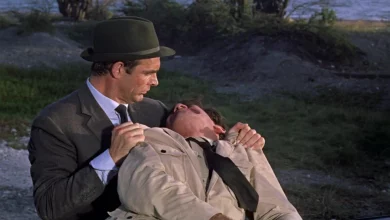
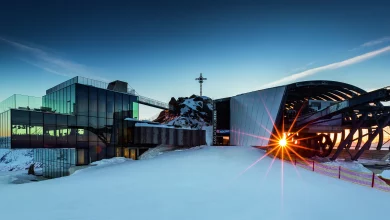

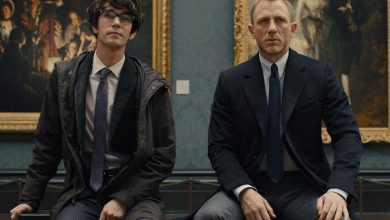
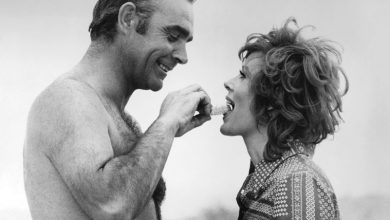
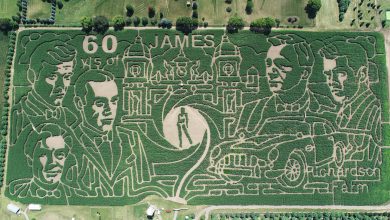

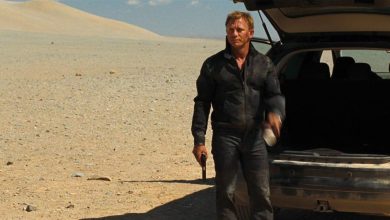

One Comment